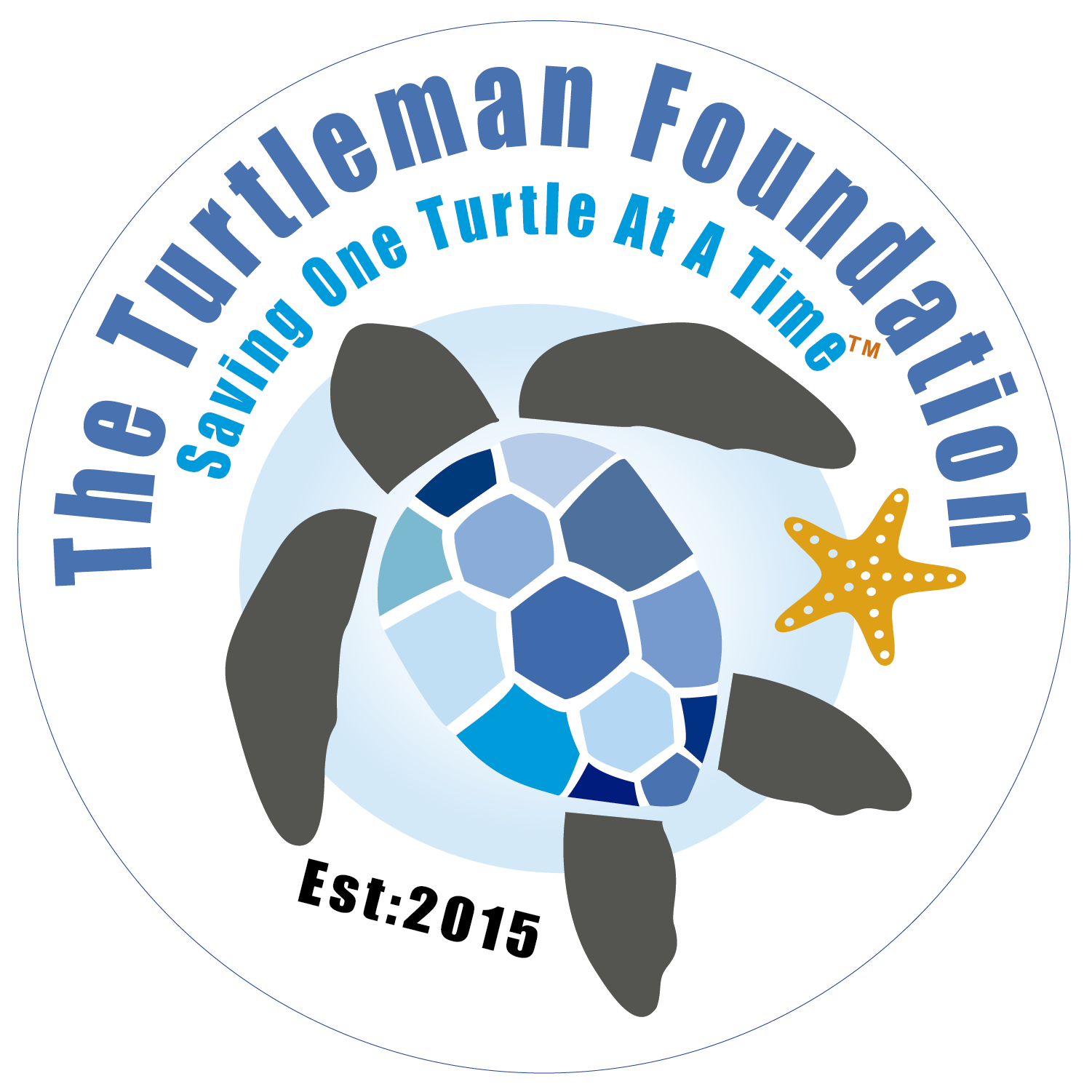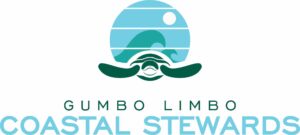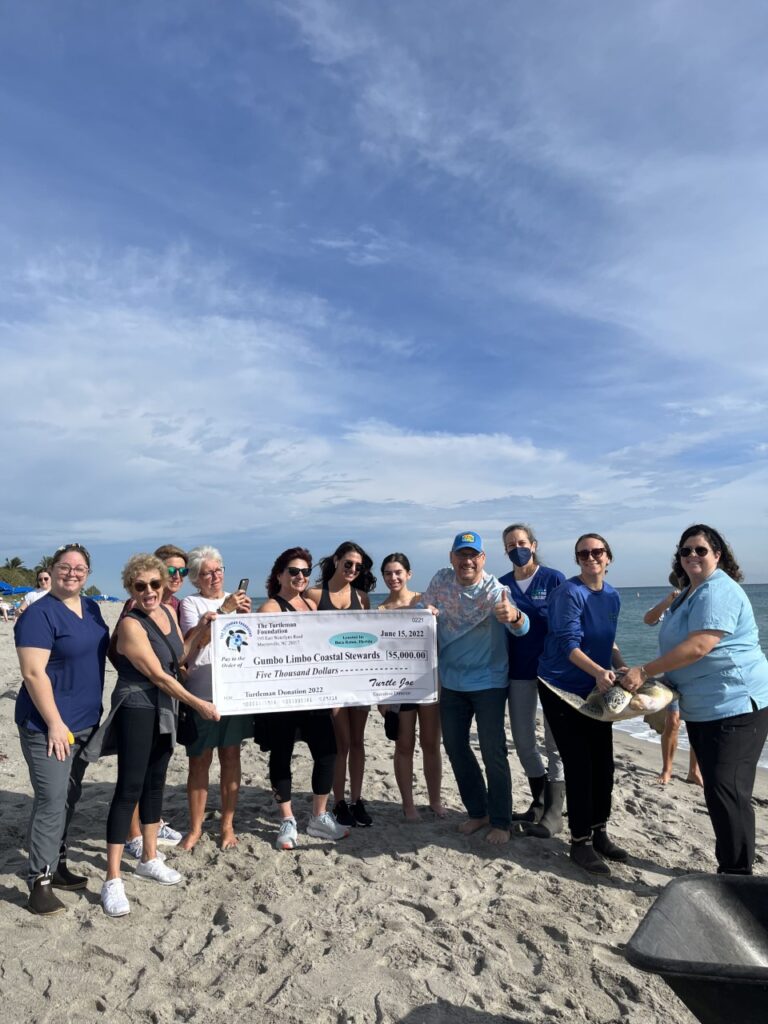
Strengthening Sea Turtle Rehabilitation: Building a Permanent Outdoor Facility to Improve Immunity, Enhance Pecovery, and Capacity for Injured and Sick Sea Turtles
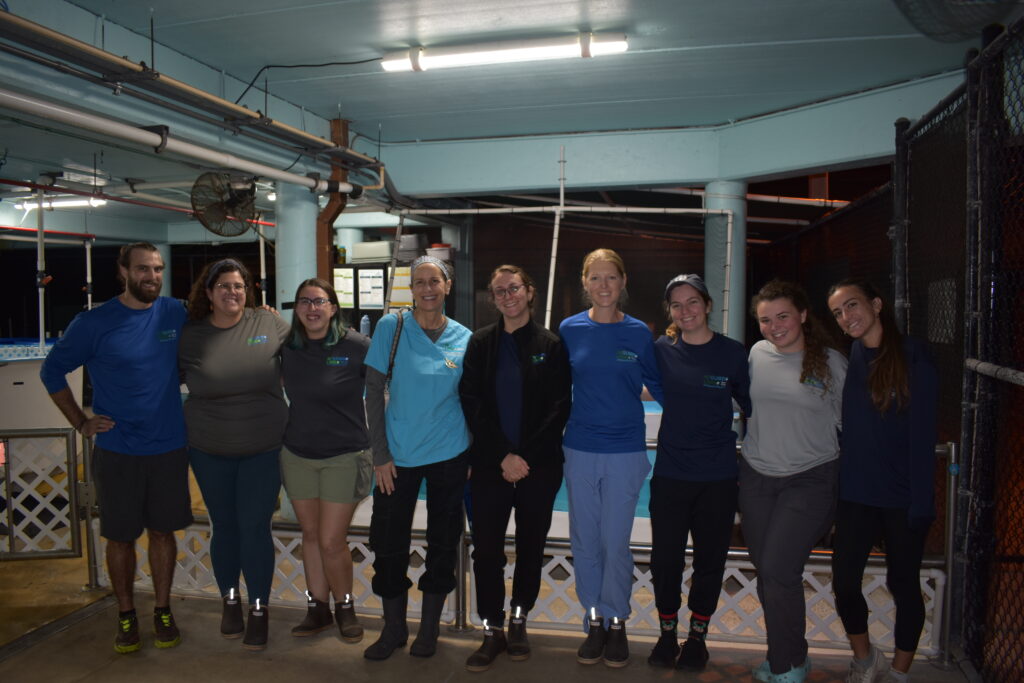
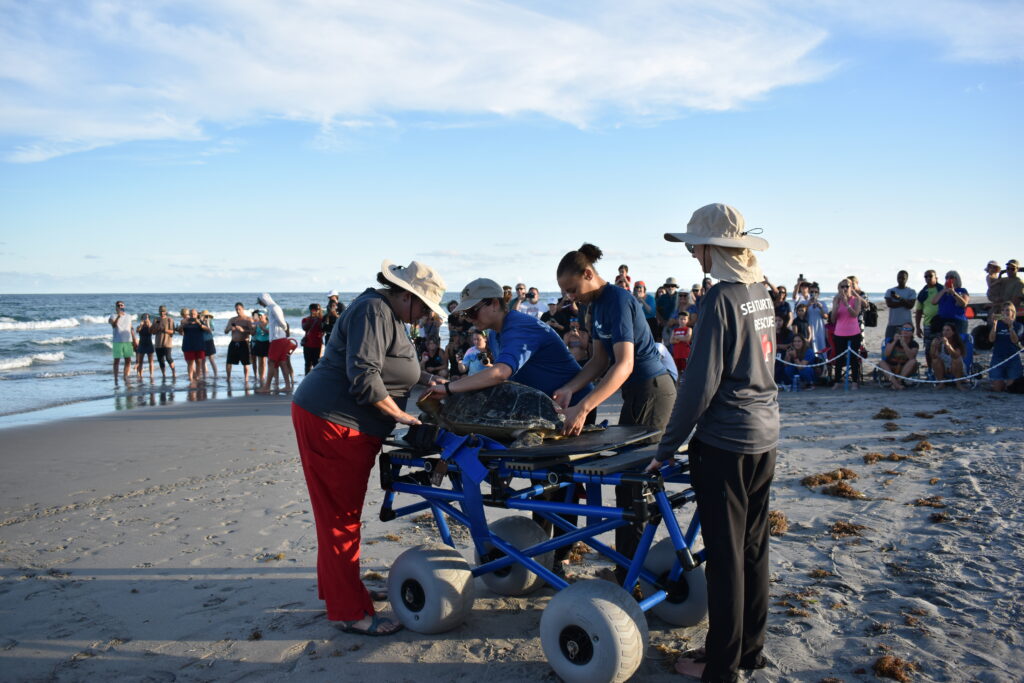
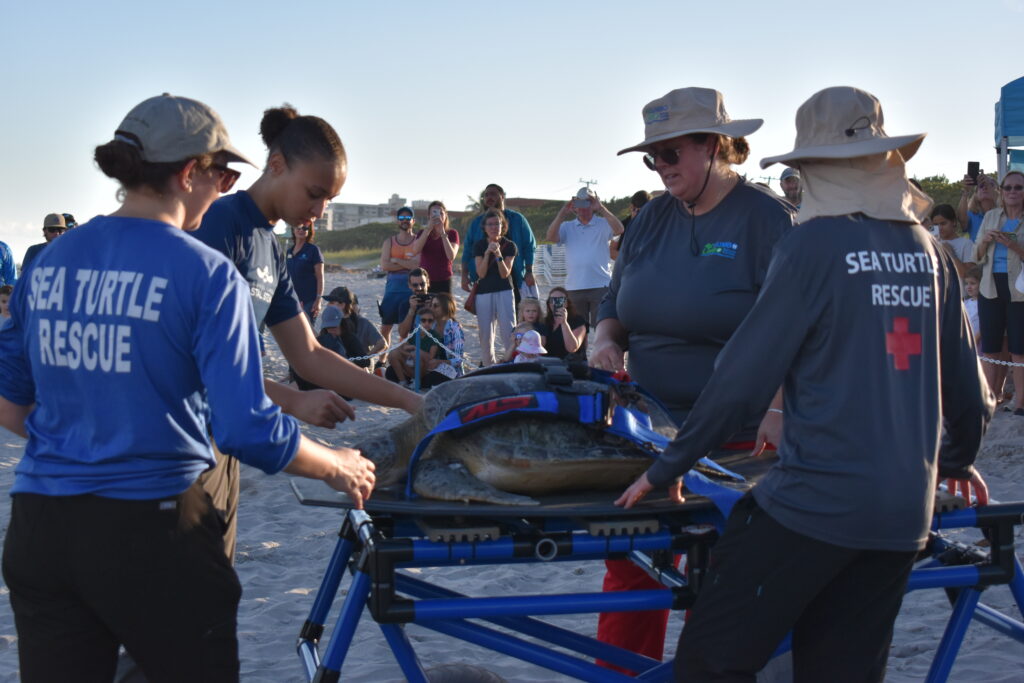
PROJECT HISTORY:
Proposal Summary: Research conducted by experts at Florida Atlantic University (FAU) suggests that increasing sunlight exposure in sea turtle rehabilitation facilities will strengthen immunity, increase critical vitamin D levels, and improve sea turtle recovery from injury or illness. To improve immunity, enhance recovery, and strengthen capacity to treat injured and sick sea turtles, Gumbo Limbo Coastal Stewards (GLCS) requests up to $10,000 from The Turtleman Foundation to support a one-year capital campaign to create an outdoor sea turtle rehabilitation facility at the Gumbo Limbo Environmental Complex (GLEC). The Sea Turtle Rehabilitation Facility at GLEC is currently one of the few Fibropapillomatosis (FP) rehabilitation centers in southeast Florida, admitting sea turtles from across Florida. The newly constructed outdoor facility will help to strengthen rehabilitation efforts and will be adequately constructed following guidelines according to the Florida Fish and Wildlife Conservation Commission’s Marine Turtle Conservation Handbook.
Project History: In the 1970s, special efforts were made to preserve five miles of Florida coastline in Palm Beach County and create a hands-on program to connect residents to marine life. This spark ignited to become GLCS, a group inspiring change through stewardship of coastal and marine ecosystems. Today, GLCS has influenced generations, becoming the region’s premier coastal stewardship organization. We are leading efforts to restore and protect our ocean’s coastal and marine life through the opportunities of education, research, and conservation. We offer grants to support critical research on coastal systems and marine life conducted by prominent scientists, graduate students, and citizen scientists. And, we work tirelessly to protect and conserve marine life by supporting rehabilitation and restoration, as evidenced by our direct funding to advanced veterinary care for sea turtles at the Sea Turtle Rehabilitation Facility at GLEC. Across Florida, our world-renowned veterinarian experts are known for treating vessel strike injuries, marine debris impacts, hook interactions, and FP found among a variety of sea turtles. Learn more by viewing PBS’s documentary which provides a birds-eye view into our efforts: httos://video.wIrn.ore/video/troubled-waters a-turtles-tale-9mivme/
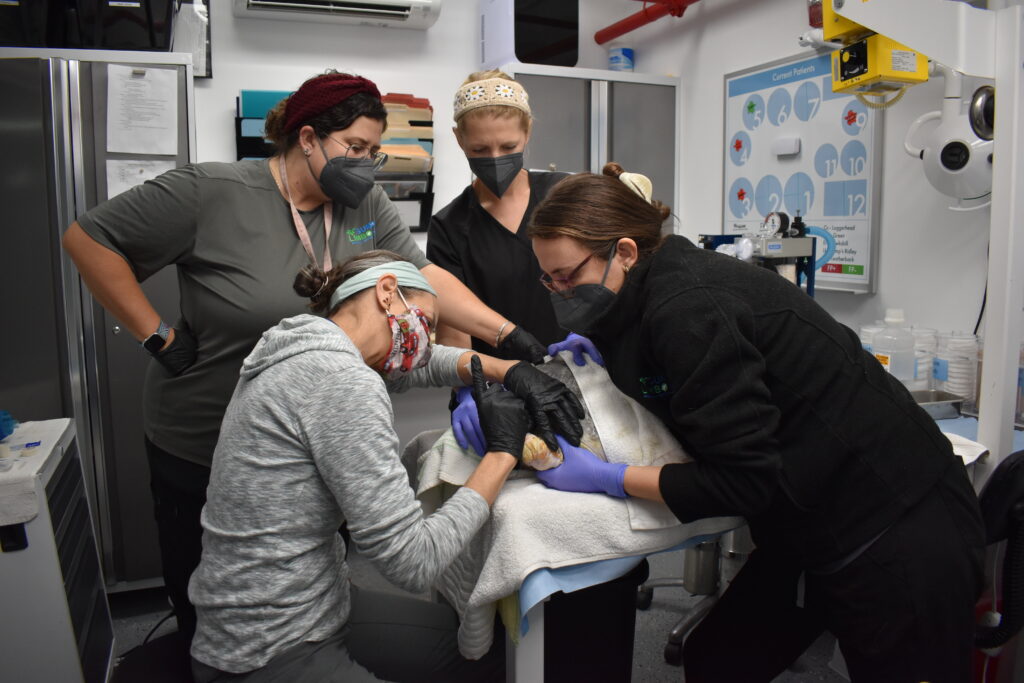
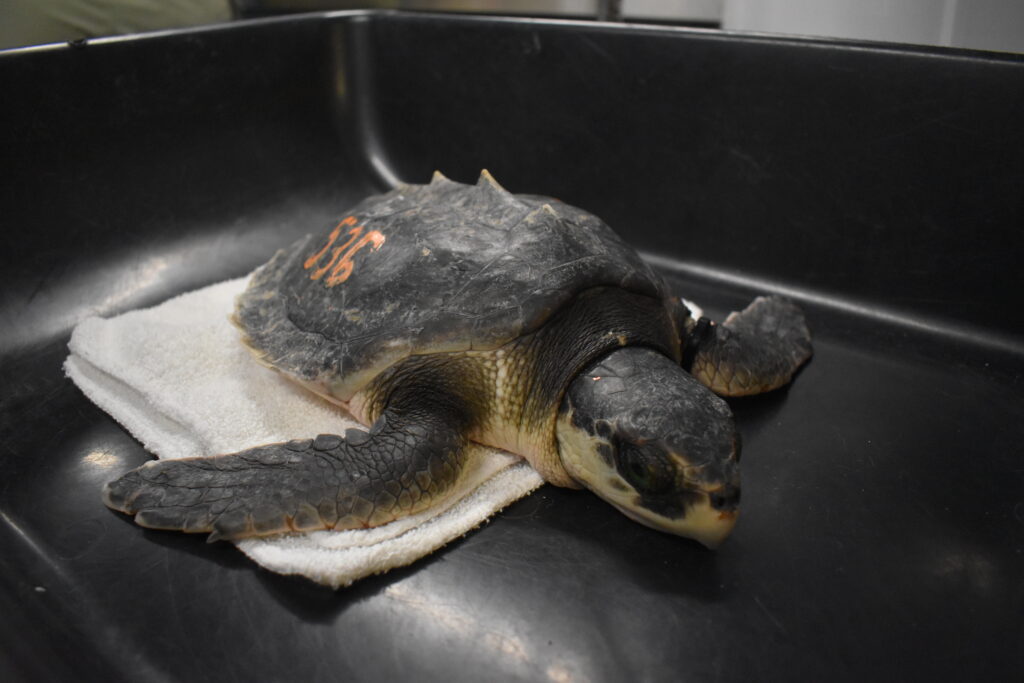

In 2010, with support from the Friends of Gumbo Limbo, now GLCS, a Sea Turtle Rehabilitation Facility was opened at the GLEC. Sea turtle rehabilitation staff began treating sick and injured sea turtles, becoming the fifth sea turtle facility in the state to treat the infectious disease FP. Annually, the facility treats 175 – 220 sea turtles and continues to experience an increasing number of sea turtles in need of medical care and treatment. Major donors have included the Albert D. Firestone Foundation, Ajram Family Foundation, the Catherine O’Connor Charitable Gift Fund, Davenport Family Foundation, International Materials Foundation, JM Family Foundation, Krumholtz Family Foundation, Luggars Family Foundation, Marshall Family Foundation, Next Era Energy Foundation, REI, Sea Turtle Conservancy, Knopf Family Foundation, and the Krumholtz Family Foundation.
Background: Victoria Garefino 1 and Dr. Sarah L. Milton2 at FAU’s Department of Biological Sciences led the research,3 which compared vitamin D levels in green sea turtles with and without evident FP to determine if exposure to UV light (e.g., sunlight) would influence vitamin D levels and boost immunity in sea turtles brought to the Sea Turtle Rehabilitation Facility at GLEC. Traditionally, rehabilitation centers are covered, limiting exposure to sunlight. This research suggests that increasing sunlight exposure in rehabilitation facilities will strengthen immunity, increase critical vitamin D levels, and improve sea turtle recovery from FP. Although this research was focused on green sea turtles with FP, the rehabilitation staff have also observed obvious health improvements with sea turtle patients expressing other injuries, when housed in natural sunlight. While advances in FP surgery have given sea turtles a post-surgery survival rate of over 90%,4 research suggests that improving immune function and restoring a sea turtle’s vitamin D levels using sunlight can strengthen and enhance individual rehabilitation to help spur recovery.
Project Description: The outdoor sea turtle rehabilitation facility will be constructed over a one-year period with funding from The Turtleman Foundation to help cover a portion of the costs for equipment (i.e., rehabilitation tanks, skimmers, and pumps). The goals of this project are to improve sea turtle immunity, enhance recovery, and strengthen the facility’s capacity to treat injured and sick sea turtles. To complete this project successfully, we are taking two main avenues to raise the funds necessary to complete the project. The first avenue is through securing grant funding. The organization has identified over $500,000 in private and family philanthropic grants that we are actively pursuing. Recently, we received S22,499 from the Sea Turtle Conservancy in support of the project.
For our second avenue, we will leverage this grant to spark a community fundraising campaign entitled “Operation Sunshine.” Currently, the organization is working on developing an external fundraising campaign, including engaging and prospecting past major donors using our CRM software to identify individuals with the ability and capacity to donate over $10,000. In addition, we are working with Advisory and Board members to launch a special “task force” to
provide guidance and leadership to the fundraising campaign. The task force will develop strategies (e.g., hosting intimate house parties, cultivating and identifying new major donors, engaging past donors, etc.) to reach our fundraising goal. All Board members of the organization have pledged to donate to the campaign. We are also engaging our compassionate community of volunteers to raise grassroots funding of small-to-medium size ($25 – $250) one-time and reoccurring donations to help us maintain the facility.
Success will be measured by 1. the construction of a new outdoor rehabilitation facility at Gumbo Limbo Environmental Complex, 2. increasing the facility’s capacity to provide medical care and treatment to sick and injured sea turtles, and 3. enhancing sea turtle rehabilitation to improve immunity and spur recovery. Failure will be measured by following similar indicators, including keeping a pulse on the community’s engagement in the project, whether we are able to raise the required funds, any construction timeline barriers.
Once complete, the new outdoor sea turtle rehabilitation facility will have a greater capacity to provide top-notch, world-renowned veterinary care and treatment to a growing number of sick and injured sea turtles that are coming to the facility. The facility will provide enhanced veterinary care by exposing sea turtles to vitamin D-rich sunlight during rehabilitation. The facility will track the recovery timing and outcomes of the sea turtles placed in the outdoor facility and match data points against historic recovery data. As a result, we hope to spur quick recovery and better outcomes for sick and injured sea turtles through enhanced rehabilitation methods.
Below are renderings of where the new outdoor sea turtle facility will be constructed at the Gumbo Limbo Environmental Complex.
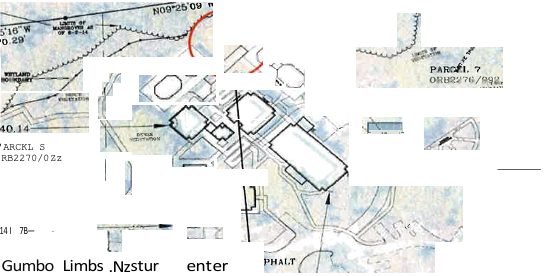
The red circle denotes the proposed location of the new outdoor rehabilitation facility at the Gumbo Limbo Environmental Complex.
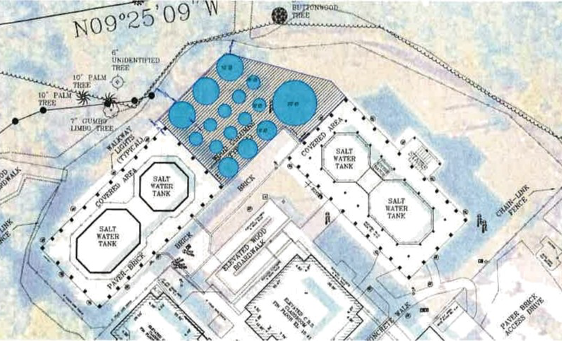
The new outdoor facility will include one 20 ft., three 12 ft., three 9 ft., and nine 6 ft. rehabilitation tanks positioned to be exposed to the greatest amount of sunlight.
Goals:
- Construct a new outdoor rehabilitation facility at the Gumbo Limbo Environmental Complex
- Kickoff project with key stakeholders and distribute a press release announcing the project over social media and to traditional media outlets in the south Florida
- Identifv and hire a building contractor to create the outdoor sea turtle rehabilitation
- Devise and develop a project plan and timeline with the building contractor to ensure project
- Order equipment for the
- Launch construction on the outdoor sea turtle rehabilitation facility with a ribbon-cutting ceremony and community celebration following COVID
- Engage in an earned media campaign to raise awareness and educate the community on the new outdoor sea turtle rehabilitation
- Celebrate the soft launch of the new outdoor sea turtle rehabilitation facility with community leaders, VIPs, Gumbo Limbo trustees, funding partners, and volunteers that will follow COVID A plaque will be dedicated and unveiled showcasing those that provided resources to the project.
» Inspire a full community launch of the new outdoor sea turtle rehabilitation facility following COVID protocols.
- Increase capacity to provide medical care and treatment to sick and injured sea turtles
e Build rehabilitation tanks of various sizes to hold 50 additional sick and injured sea turtles, including special tanks to house sea turtles with infectious FP.
- Once open, work with regional partners to raise awareness throughout Florida of the increased capacity at the facility to treat sea
- Track the number of sick and injured sea turtles being treated at the facility, including their injury or illness, rehabilitation efforts made, and the outcome of these
- Enhance sea turtle rehabilitation to improve immunity and spur recovery
- Track the number of successfully rehabilitated sea turtles that are able to return .
- Provide a historical analysis of rehabilitation data to understand improvements in recovery
- Provide opportunities to collaborate further with Florida Atlantic University to monitor immunity and recovery, and provide an analysis of the facility’s
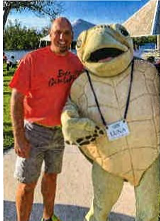
John Holloway, President and CEO of GLCS, is a challenge-driven executive valued for cultivating relationships around a shared purpose. John has documented success developing and directing enterprise-wide change initiatives. Lauded for training programs, action plans, and coaching that result in ambitious revenue and growth, John’s visionary leadership inspires coastal stewardship. He is adept at convening groups and facilitating
collaboration through the iterative engagement of teams. John is particularly fluent in leading authentic change readiness assessments, evaluating results, and presenting findings with a proactive lens. And, he is recognized for developing and directing inclusive, high-performing professional and volunteer teams while cultivating individual talent to achieve ambitious goals.
collaboration through the iterative engagement of teams. John is particularly fluent in leading authentic change readiness assessments, evaluating results, and presenting findings with a proactive lens. And, he is recognized for developing and directing inclusive, high-performing professional and volunteer teams while cultivating individual talent to achieve ambitious goals.
Maria Chadam, DVM, Veterinarian for GLCS at the Sea Turtle Rehabilitation Facility at GLNC, has over 23 years of experience practicing medicine and surgery in private, corporate, and non-profits. Maria is world-renowned for her diagnostics, treatment, and surgery of sea turtles. She received her B.A. in Biology from The University of Chicago and DVM from Cornell College of
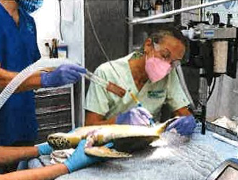
Veterinary Medicine. She is a member of the Palm Beach Vet Society, International Sea Turtle Society, and serves as a consultant for Mizner Biosciences, a veterinary pharmaceutical startup company
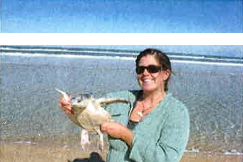
Maria Chadam, DVM, Veterinarian for GLCS at the Sea Turtle Rehabilitation Facility at GLNC, has over 23 years of experience practicing medicine and surgery in private, corporate, and non-profits. Maria is world-renowned for her diagnostics, treatment, and surgery of sea turtles. She received her B.A. in
Biology from The University of Chicago and DVM from Cornell College of Veterinary Medicine. She is a member of the Palm Beach Vet Society, International Sea Turtle Society, and serves as a consultant for Mizner Biosciences, a veterinary pharmaceutical startup company
*Resources provided by The Turtleman Foundation will be used to help cover the costs of rehabilitation tanks, skimmers, and pumps needed to for the project.
Requests: We require that photos be taken of the grantee with the grand check, the new equipment acquired, and photos of the work being done and organization work and efforts done are taken and sent to us. We request copyright permissions of photos taken as well.
